Plot twists, drama, acting, costumes. The Turkish TV series have taken the world by storm in recent years, making Turkey one the biggest global exporters of television dramas.
Istanbul-based series, meanwhile, also dazzle viewers with the magical scenery of this intercontinental metropolis bisected by the mighty Bosphorus Strait.
Even though the entire Istanbul can serve as a perfect set for any drama, some of the city’s areas are more beloved by producers. And the great news is that these places are real neighborhoods and districts where actual people live.
Here are some of the most beautiful Istanbul areas you have probably seen in Turkish dramas.
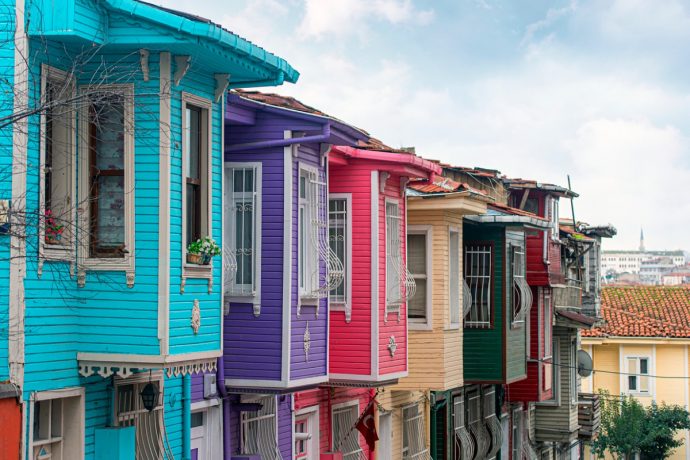
Kuzguncuk
Ever wondered where to find those little Istanbul streets with adorable colorful wooden houses you’ve seen on TV? Well, more than likely you have seen the streets of Kuzguncuk
This quiet neighborhood is located in the city’s Asian-side district of Üsküdar, and historically has not been an area preferred by the Muslim Ottomans for settlement, contributing to Kuzguncuk’s uniqueness compared to most parts of Istanbul.
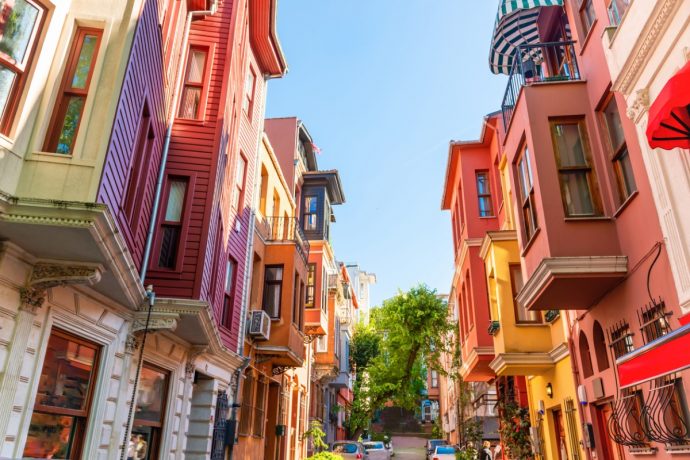
In the 15th century, many Jewish immigrants expelled from Spain settled in Kuzguncuk right outside of the historic Üsküdar area, most of them later left with the establishment of Israel. Members of Armenian and Greek minorities also lived in the area.
Today Kuzguncuk’s narrow cobblestone paved streets meander along antique low-rise houses, ambient cafes, gardens and 19th-century churches and synagogues. At the same time, upper parts of the neighborhood offer terrific views of the Bosphorus and the European side of Istanbul.
Visiting Kuzguncuk is an experience even for Istanbulites because of how much the neighborhood is different from the rest of the city. In part helped by its natural isolation – Kuzuncuk lies in a valley between a couple of hills – the area was able to an extent preserve its centuries-old “mahalle (neighborhood) culture.”
Arnavutköy
Across the Bosphorus a little further up north, you will find Kuzguncuk’s “sister neighborhood,” Arnavutköy.
The Arnavutköy we know today was established in the 15th century by Albanians, hence its name that literally means “Albanian village.” Arnavutköy has had a similar history to Kuzguncuk in terms of population as more than 90% of its people were non-Muslim, according to an early 20th-century census. Like in other multicultural parts of Istanbul, here you can also experience finding a mosque, a synagogue and a church within five minutes from each other.
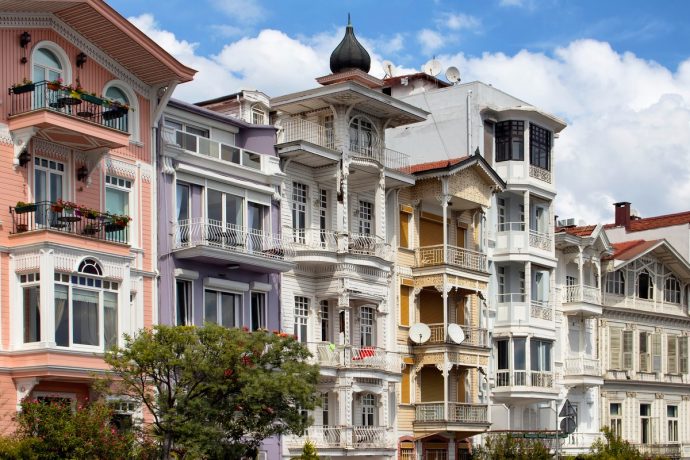
The most obvious similarity to Kuzguncuk, however, is Arnavutköy’s streets of wooden Ottoman-era houses. Many of these picturesque houses are located at the waterfront, blessing with their beauty everyone walking or swimming along the Bosphorus.
Many of these houses are of different colors and this historical diversity is being preserved. Houses were also richly decorated with carvings, balconies, galleries, many had their own names.
Nowadays this lively neighborhood attracts visitors, mostly locals, with its lovely architecture and bustling cafes and seafood restaurants.
Bebek
Immediately to the north of Arnavutköy is the Bebek neighborhood.
Bebek is an affluent neighborhood with many upmarket restaurants and shops as well as some of the most luxurious properties in the entire Istanbul.
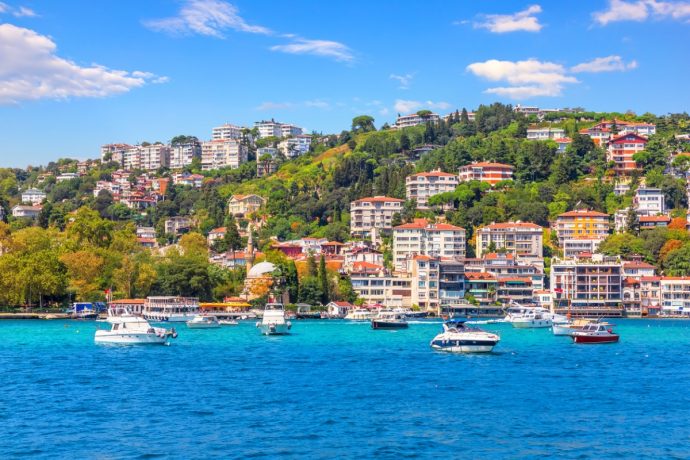
And in Turkish dramas Bebek plays exactly this role. “Homes” and “offices” boasting majestic Bosphorus and Istanbul views of many wealthy TV characters are located in Bebek.
Bebek is one of the most expensive areas in Istanbul. Due to high real estate prices, the income level of the population living in Bebek is above average.
Meanwhile, the promenade in Bebek is a popular weekend destination for locals who walk, exercise or ride bicycles along the coast.
Adalar
Adalar, commonly referred to as Princes’ Islands, is the most isolated part of Istanbul, which stems, of course, from being an archipelago off the coast of the city.
For centuries, the islands were used for the exile of members of the Byzantine and Ottoman royal families, giving the archipelago its name. Like some other places described here it also used to be a minority-dominated multicultural settlement. Thanks to the history of diversity, monuments from different times and cultures can be found in Adalar, while the nature of the islands is protected.
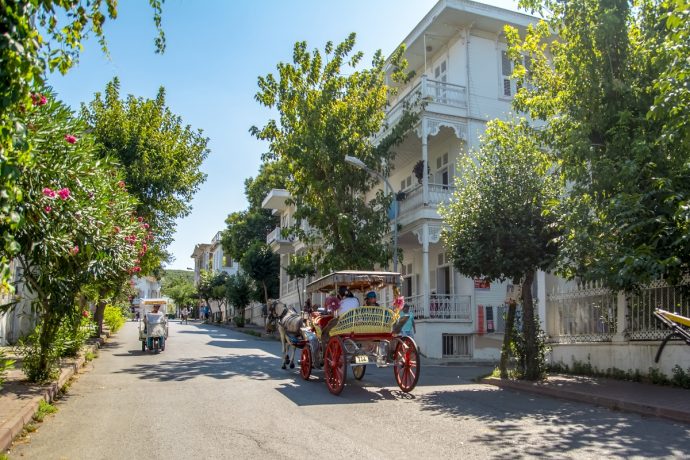
Presently, Adalar is one of the most peaceful parts of Istanbul with relaxed ambience, low population and no traffic as motor vehicles, except service cars, are banned on the islands. Thus, it serves as a perfect close-proximity getaway for the metropolis’ residents.
Village-like quiet streets, Victorian-era cottages and villas, widespread sea views and abundant vegetation also make the Princes’ Islands a perfect setting for Turkish dramas. Such a strikingly contrasting to Istanbul environment makes for an ideal “fake” village or suburb.
Balat
Balat lies inside the land walls of Istanbul, close to the historical city center known to most tourists.
The neighborhood is often referred to as the “Jewish quarter,” because just like Üsküdar’s Kuzguncuk, in the 15th century the area became a shelter for Jews fleeing Spain, who in the mid-20th century left for the newly-established Israel. For centuries, the Jewish community lived here alongside Muslims, Greeks and Armenians.
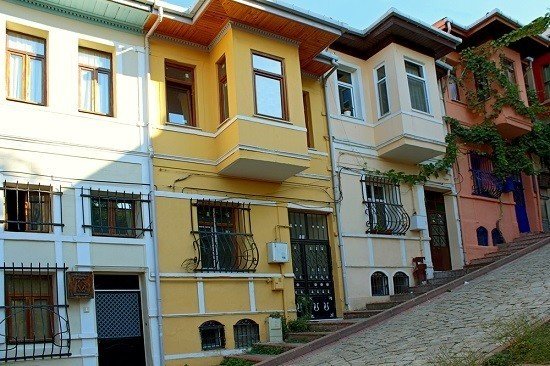
When most minority communities left Balat, it was repopulated by people from around Turkey moving to Istanbul, and the neighborhood had been considered to be quite poor.
Nowadays, Balat is undergoing some rejuvenation with designer and antique shops, vintage cafes and art-house galleries opening in the abandoned houses thanks to inexpensive cost of houses and rent. Balat is now known as the bohemian area of Istanbul.
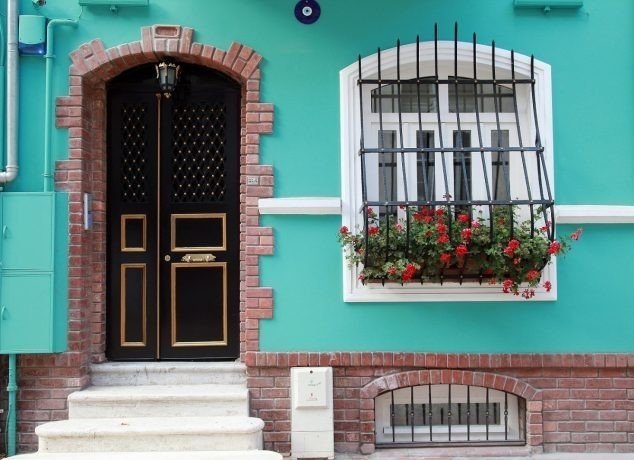
These conceptual businesses perfectly combined with the eclectic architecture of the neighborhood known for its colorful narrow houses on cobbled streets.
Balat has a very distinct look as well as vibe, and you can probably understand now why Turkish drama makers come here to shoot their series.
TV series makers based in Istanbul ought to feel very lucky, considering the picturesque and charming areas within the city limits.











